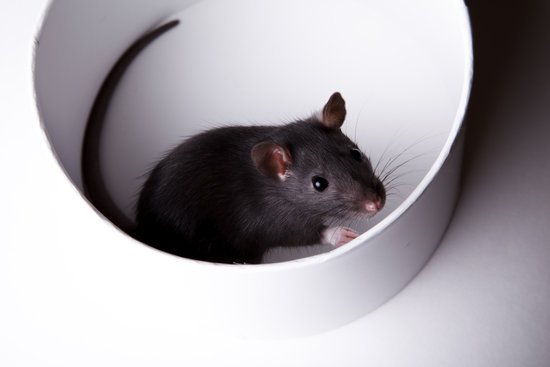Norway Rats
Norway rats are commonly regarded as the first domesticated mammals used in scientific research. However, some scientists note that there were sporadic experiments done on rats before 1850. The first documented experiment was performed in France in 1856, and was an experiment examining the effects of adrenalectomy. Another experiment that was conducted in 1863 was a study on the nutritional value of proteins. In 1893, two well-known American psychiatrists, Adolph Mayer and Henry Herbert Donaldson, started conducting biomedical experiments on rats.
Norway rats breed year-round, with more births occurring during the spring and fall. A female Norway rat can have one to twelve litters each year. Their gestation period is approximately 21 days, and their young are born blind. They typically open their eyes at three to four weeks of age. Young Norway rats wean themselves from their mother when they are three or four weeks old. They live for about a year in the wild and can reach sexual maturity at three months.
Norway rats are a popular household pet and have numerous uses in medical and genetic research. Their use in these fields has resulted in breakthroughs in immunology, physiology, pathology, and epidemiology. They are also valuable for research in behavioral studies. They originated in Asia, but came to North America about 1775 on ships from England.








